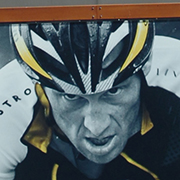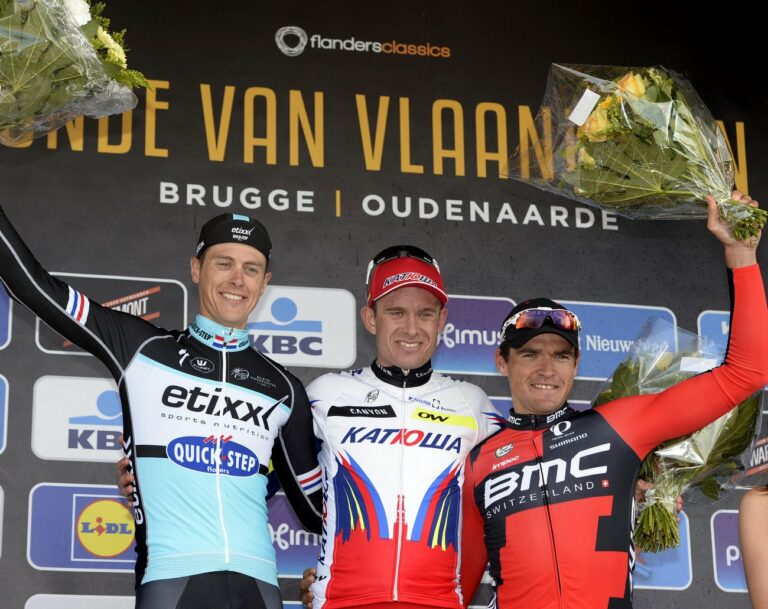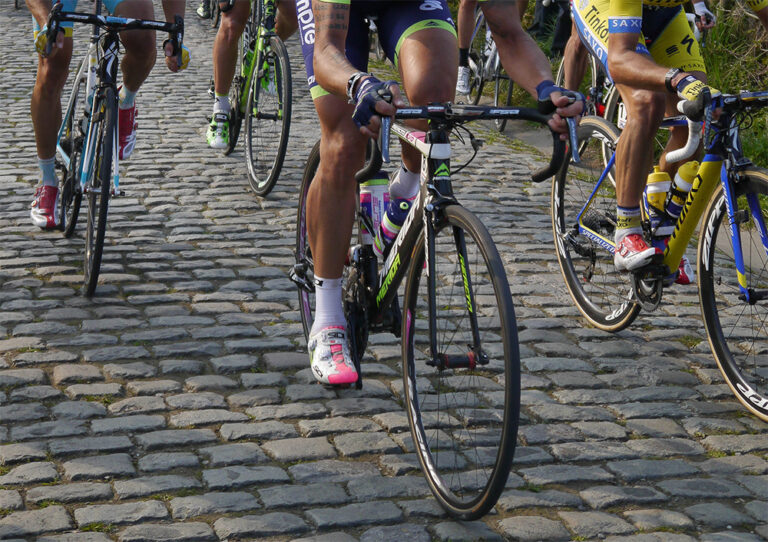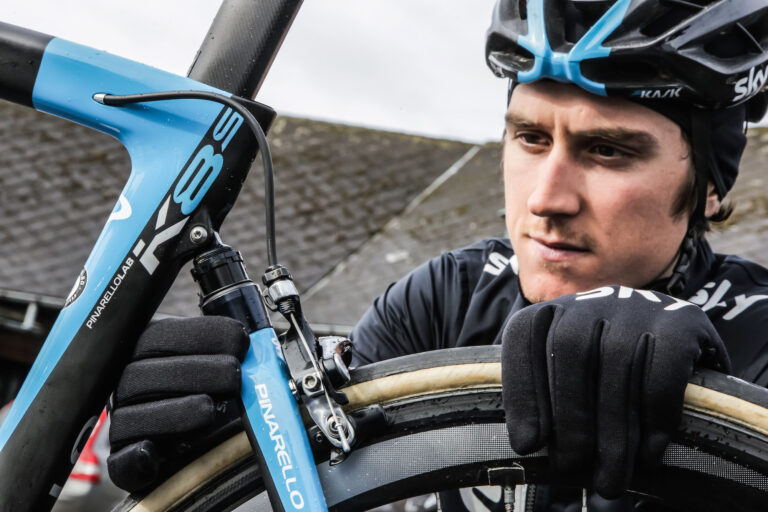“Those who cannot remember the past are condemned to repeat it,” said George Santayana in The Life of Reason, with the philosopher’s words repeated countless times over in the century since.
And it’s a pertinent line in light of the publication of the UCI’s Cycling Independent Reform Commission report on doping – a chance to learn from the past mistakes of the sport and its governing body in order to build a cleaner future.
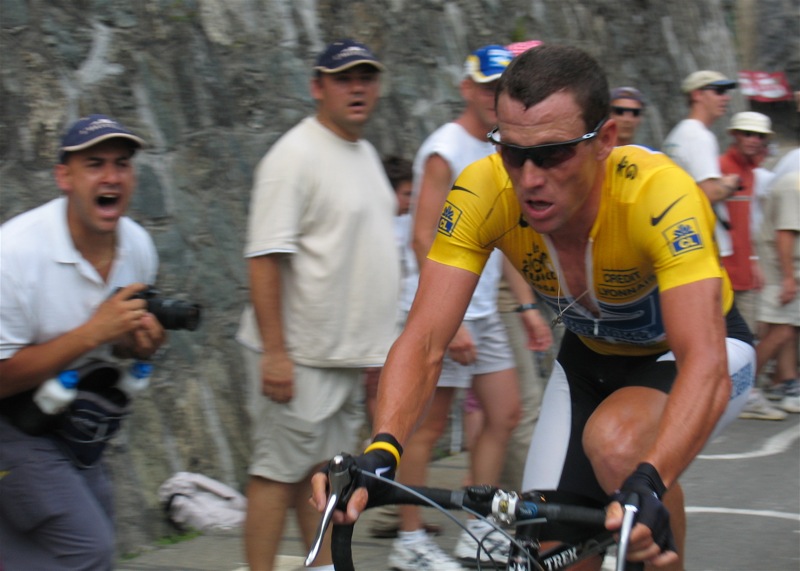
On the face of it, the 227-page document is damning of cycling’s world governing body, its past handling of doping in the sport, and the state of the current pro peloton. That Lance Armstrong was given preferential treatment by the UCI is not new or sensational news – but what is more surprising, and bitterly disappointing for fans of the sport who believe cycling is in a better place post-Armstrong, is the allegation from one interviewee that ’90 per cent of the peloton’ still dopes.
But does that headline-grabbing figure from a ‘respected cycling professional’ tell the full story?
David Millar, for one, thinks not – slamming the report as ‘tabloidesque’ in his Daily Telegraph column and regretting the fact he had been unable to speak to the CIRC.
All very well collating and chronicling the past, but should have taken much greater care on analysing the present. False Consensus Effect.
— David Millar (@millarmind) March 9, 2015
The recently-retired Millar, who has been a vocal figure in the fight against doping since returning from a two-year ban in 2006, was far from alone in not speaking to the commission. The report states that 15 per cent of the 174 people interviewed were current or former riders. Of those 26 people, 16 have made it public that they spoke to the commission, and Froome is the only current rider listed. That leaves 10 unknown current or former riders and, even if they are all current pros, then only a maximum of 11 (including Froome) were interviewed.
Whether cycling’s code of silence and fear still exists, or the CIRC made it easy enough for current riders to come forward for interview, is unknown, but whatever way those numbers are spun, the report far from paints a clear picture as to the state of the current peloton.
On the one hand, the report says that doping is still prevalent in the modern peloton, while on the other it says the sport has cleaned itself up to the extent that clean riders can succeed and the current anti-doping measures have made ‘hot’ riders a distinct minority.
“The Commission did not hear from anyone credible in the sport who would give cycling a clean bill of health in the context of doping today,” the report reads.
“However, the general view was that doping is either less prevalent today or that the nature of doping practices has changed such that the performance gains are smaller.”
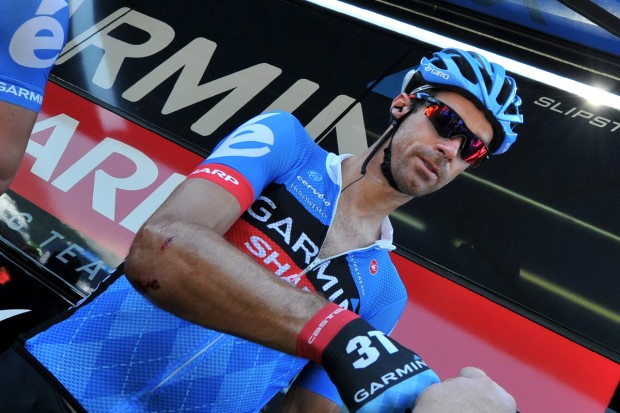
It later adds, though, that “the challenge to the UCI is huge, given that the culture of doping has not been eradicated.
“However, there have been many positive developments that evidence a desire, at least in some parts of the sport, to move away from the doping culture.
“Only the participants themselves can decide when enough is enough, and act to effect change. UCI has to be ready. Cycling has the potential to become a sport with integrity, ethics and accountability, but it can only become so if all participants are prepared to contribute.”
Learning from past mistakes is vital for the future, in this case to ensure cycling emerges from its dark past, but the sport now has the foundations to build a stronger future
The Astana debacle from late last season, where the Iglinsky brothers plus three development riders tested positive and the team may yet lose its WorldTour licence, shows there are still significant problems for the UCI tackle, but the assertion from one anonymous rider that ‘90 per cent’ of the peloton is still actively engaged in doping is as reliable as a Lance Armstrong denial.
The report itself was undoubtedly needed, and the detailed analysis and conclusions of wrongdoing at the UCI, including the failure to follow its own anti-doping procedures in relation to Armstrong’s positive test for corticosteroids at the 1999 Tour and Alberto Contador’s clenbuterol positive in 2010, as well as the relationship of former presidents Hein Verbruggen and Pat McQuaid with Armstrong, make for uncomfortable reading for the sport’s law makers.
The UCI, now under the guidance of former British Cycling chief Brian Cookson, has plenty to learn from those past mistakes and it would be foolish for anybody to think the fight against doping has been won.
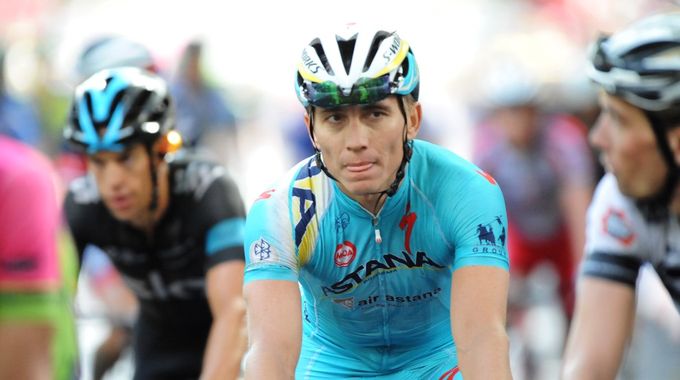
But more needs to be done to gain a better understanding of the state of the current pro peloton. Headline figures in this report, which does fulfil part of its affidavit in bringing the UCI to account to for its past, can appear damning, but cycling should not be judged on one opinion, in the same way you would not breathe a sign of relief if a different rider judged the entire peloton to be clean.
Of course, cycling must learn from its mistakes to fully emerge from its dark past, but the sport now has the foundations to build a stronger future.

